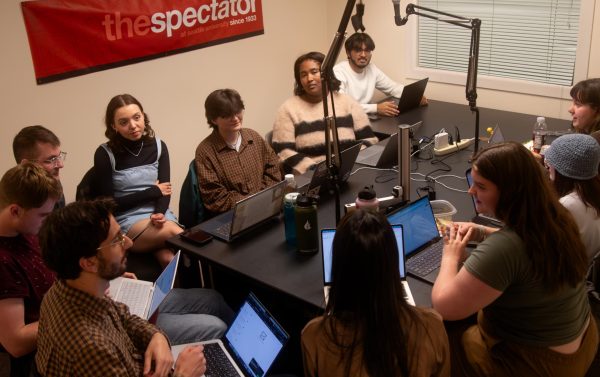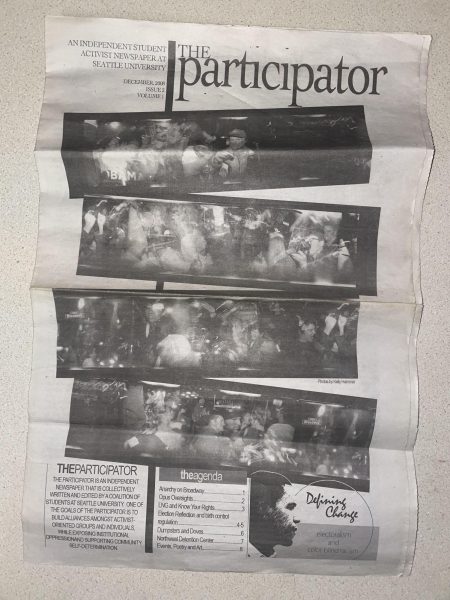Students Adjust as They Attend ‘Zoom University’
This quarter has seen the unprecedented shift by the university to online learning as a response to the ongoing pandemic. Everything is in flux as students, professors, and the staff work to ensure that classes go smoothly this quarter.
The Center for Digital Learning and Innovation (CDIL) normally has a few dozen classes they run over the course of the quarter, so adjusting to holding so many courses was a challenge. The CDIL was a key component in transitioning more than 1200 classes online, according to Luke Ware, the instructional technologist at the CDIL and a Seattle University computer science professor.
There have also been a variety of concerns surrounding the security of using Zoom. As the number of people using the software continues to grow, more flaws have been found in the program. Ware spoke to how important it was to the school that they were using software that protected students’ privacy.
“There’s been problems in recent weeks but we’ve been blown away and impressed with Zoom’s response,” Ware said. “When you get as big as fast as Zoom did, you’re gonna find a lot of flaws in your program…but they’ve been super responsive to security concerns. They can allow you to not have any data stored on servers in places that you don’t feel comfortable with…We will always be critical, though—if they cross a line we don’t like, we will do something about it.”
Faculty only had a few weeks to adjust their lesson plans to be conducted online. Erik Olsen, a professor of political science, spoke to how the quarter was going so far as a first-time online teacher.
“I think that the online learning is going better than I expected,” Olsen said. “You don’t get as many people involved, but it’s more involvement than I expected. I’d say my biggest problem is interacting with students, especially when I have my screen shared and can’t really see everyone.”
Michaela McKasson, a second year biology major created additional resources and support for her peers to see how they can still be successful during online classes and not miss out on their education. For her, the most difficult part of the classes was simply staying engaged.
“For me the hardest part of taking online classes is paying attention during lectures,” McKasson said. “It’s just a different mode of learning, and I have to work extra hard to make sure I am engaged and not mindlessly staring at the screen. ”
One of the things that the CDIL did to help teachers with online classes was put together a template for running Canvas classes. They also strongly recommended running classes synchronously to make the transition easier for students. Not all teachers used the template, but as a community, the faculty has been coming together to make sure everyone is comfortable teaching online, according to Olsen.
“The chair of my department has been really helpful. [Dr. Yitan Li] has done so much with teaching me how to use the different Zoom and Canvas features,” Olsen said. “We got a lot of advice about things, so the CDIL’s course building recommendations were nice, but really it’s the other faculty that has been the most help.”
Some courses are harder to turn into online classes, particularly those with physical components like labs or practicals. It is currently unclear how much of an impact these types of online classes have on student outcomes.
“The labs are a bit ridiculous,” McKasson said. “I mean, there’s not a lot you can do to replace the labs and do them online, so I appreciate the fact that they are trying. I couldn’t imagine being a nursing student and having to do practicals.”
As the rest of the quarter continues, students and teachers will continue to workshop how to make the most of classes. Ware stressed how we are all in the situation together and need to be understanding of everyone’s unique situation.
“We have a lot of faculty who never planned on teaching online, so they are new at this, and it is a lot of work to create a course from the ground up in only a few weeks. So if something isn’t working for you in a class, it’s important to have compassion and communicate.”











